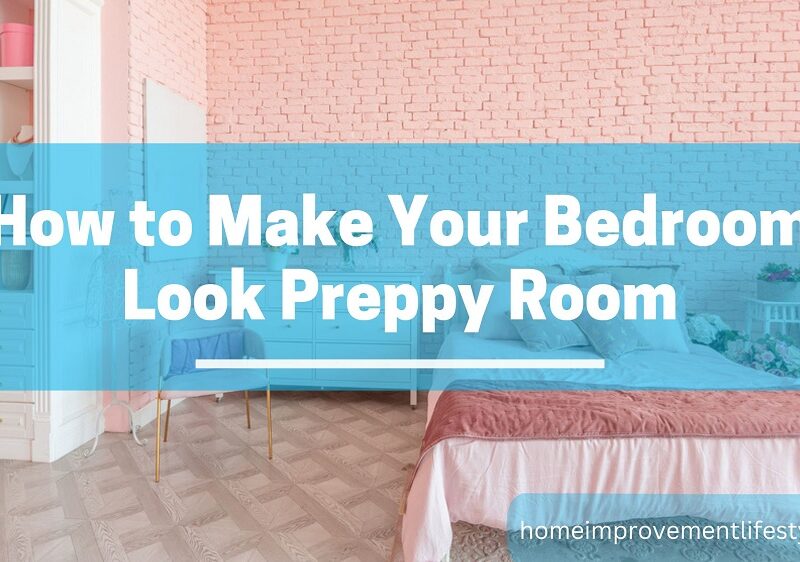The living room is a hub for family and friends to convene and create lasting memories. It’s crucial to approach its design thoughtfully. Our comprehensive living room layout manual offers valuable perspectives on orchestrating an ideal living space. Prepare to embark on this journey of discovery with us!
Easy Ways to Lay Out Your Living Room
1. Arrange Your Living Room Design Around a Main Focus
Consider a central element or important design feature when planning your living rooms arrangement. You can create one if your living space lacks a natural focal point. A set of eye-catching chairs or a unique sofa can serve this purpose. Select a color from the furniture’s fabric and use it for the wall paint, artwork, or curtain fabric to create a harmonious atmosphere.
2. Experiment with Size
Playing with proportions in your interior design can introduce captivating visual effects to your design scheme.
Manipulating the scale in your living room can make a large room feel cozy and intimate. Conversely, scaling up can make a small room appear larger than its actual size, and incorporating a sizeable element can make an instant impact.
You can straightforwardly achieve upscaling with an overwhelming Rove furniture piece or take a more intricate approach involving wallpaper or tiles.
3. Broaden the Appearance of a Lengthy Living Room Layout
For those dealing with a lengthy living rooms, the challenge is often to make it appear wider while aiming to transform an awkward layout into a sophisticated one.
Avoid placing all your furniture on a single side of the narrow wall to avoid a cramped look. By alternating furniture groupings or utilizing the central area of the rectangular picture wall layout generator more effectively, you can guide the flow of movement in an ‘S’ shape, preventing a too-linear arrangement, much like an entrance.
4. Enhance the Feeling of Space in an Open-Plan Living Room
Open-plan living rooms offer adaptability for contemporary living and are especially suited for family homes. Therefore, mastering the art of designing such a living room is crucial. Remember that the primary reason for creating an open-plan living space is to promote sociability.’
Open-plan designs often accommodate multiple activities, making it essential to designate specific areas for each function. Use a sofa to delineate a seating area within a multipurpose space. L-shaped sofa designs are particularly useful for creating a cozier zone within a larger area, especially when incorporating a kitchen or home office.
5. Establish Functional Pathways
Collaborating with your interior designer in an open-plan living room featuring a kitchen, dining area, or home office is key to achieving a logical flow within the space.
Segmenting an open-plan space into distinct areas is a popular approach that helps maintain order in a family-oriented living room. Strive for consistency in materials, shapes, and colors throughout the space to connect the room visually.
Avoid layouts that hinder the flow of movement, such as a pathway to the garden passing directly in front of the TV or dining area. An island unit, L-shaped sofa, or long table can be an excellent asset in an open-plan design, as it facilitates traffic flow and provides a seamless link between the kitchen and living areas.


